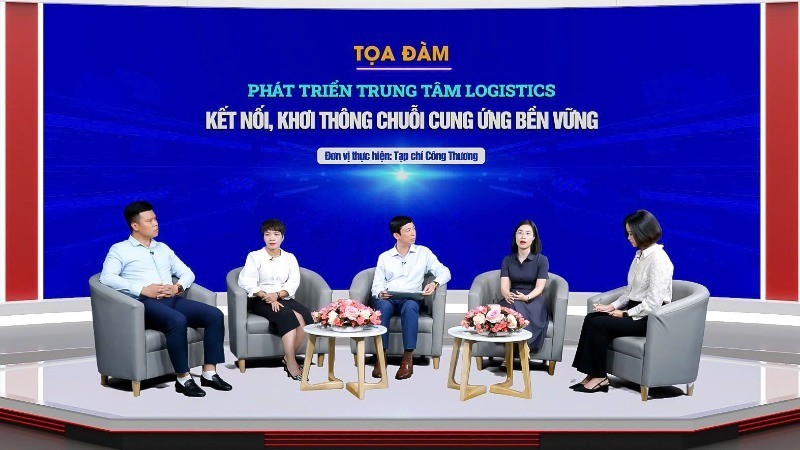
Bottlenecks in Supply Chain Optimization
With a growth rate of 13-15% per year, the Vietnamese logistics industry is making strong progress. The formation of a series of modern logistics centers such as Viettel Lang Son Logistics Park, Bac Giang International Logistics Center, or Vinh Phuc ICD, shows serious investment efforts from both the State and the private sector.
However, at the Logistics Seminar on May 29 organized by Industry and Trade Magazine, Ms. Dang Hong Nhung, representative of the Import-Export Department ( Ministry of Industry and Trade ) emphasized: “We have had a nearly 10-fold increase in the number of logistics centers in more than a decade, but still lack of connection into national, regional and cross-border networks. This is a major bottleneck in optimizing the supply chain. When each logistics center operates as a separate “oasis”, without a common data system, without a clear strategic role, the ability to spread efficiency throughout the supply chain is very limited”.
A logistics center is not simply a place to store, load, unload, and classify goods, but plays a particularly important role. According to Mr. Hoang Dinh Kien - General Director of Hoa Phat Logistics, a logistics center is also a "bridge to regulate the flow of goods, helping logistics businesses connect in two directions, optimize costs and improve management efficiency."
In the context that Vietnam's logistics costs are still higher than many countries in the region, accounting for 16-20% of GDP. Building integrated, multifunctional logistics centers, applying 4.0 technology will be a breakthrough solution to cut intermediary costs, shorten delivery times and enhance the competitiveness of Vietnamese goods.
Need a “chief architect” and an interconnected ecosystem
The current situation shows that each logistics center is developing in its own direction, lacking a clear positioning of roles and functions. Mr. Dao Van Thuan, Deputy Director of Viettel Logistics Park, said: “We need to synchronize data between centers, form a comprehensive service to optimize costs and improve customer experience.”
Sharing this view, Ms. Truong Thi Mui, Deputy General Director of Bac Giang International Logistics Center, proposed: "There must be a plan for the functions of each center to avoid duplication, promote regional strengths and create a logistics network with shared responsibility."
This requires a strong coordinating role from the Government, especially the Ministry of Industry and Trade - the agency in charge of developing the Logistics Services Development Strategy for the period 2025-2035. In particular, it is necessary to build a master map, clearly define the model of national, regional and provincial centers, and establish a framework of standards and criteria for classifying logistics centers.
A logistics center cannot develop without infrastructure connectivity. The coordination between logistics center planning and multimodal transport by rail, sea, air, dry ports, etc. is a prerequisite for forming a flexible supply chain.
Experts at the seminar agreed that investment incentives for logistics need to be more specific and practical. “In addition to tax reduction, there should be a specific mechanism for land, quick procedures, financial support and training of high-quality human resources,” Mr. Kien emphasized.
In particular, in the context of green transformation becoming an inevitable trend, supporting logistics centers to invest in clean energy, low-emission vehicles, and smart logistics infrastructure is a sustainable and urgent direction.
Along with that, logistics centers and businesses must proactively restructure. Traditional operating models that lack technology integration and are slow to apply digital platforms will soon be eliminated from the game. Centers also need to proactively create a service ecosystem that connects technology partners, transportation partners, warehouses, customs declarations, and even e-commerce and finance. So that logistics is no longer the final step, but becomes a strategic pivot in the modern value chain.
In an increasingly volatile trade environment, an effective logistics system is no longer an “option”, but a prerequisite for businesses and the national economy to stand firm and grow.
Vietnam has a golden opportunity to form an integrated logistics center network, connecting regions, connecting the country, and reaching out to the region. However, to realize this goal, it requires the synchronous participation of the Government's strategic vision, the commitment to innovation of enterprises, flexible mechanisms and breakthrough resources from localities.
Logistics is the “blood vessels” of the economy. That blood vessels only circulate well when logistics centers become the “connecting hearts” of a body that operates smoothly, optimally and sustainably.
Source: https://baolaocai.vn/ket-noi-trung-tam-logistics-mat-xich-kien-tao-chuoi-cung-ung-ben-vung-post402618.html








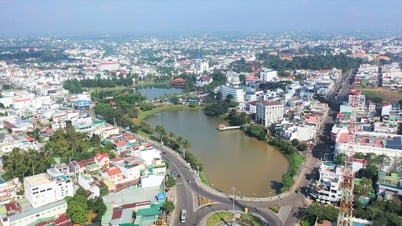

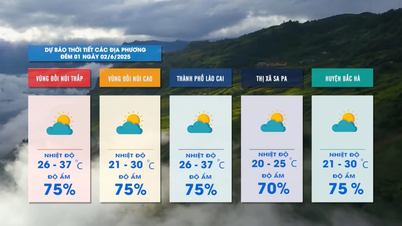


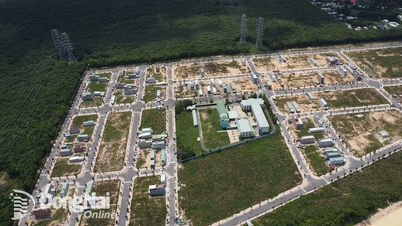

![[Photo series] Many Dong Nai products participate in the Southern Fruit Festival in 2025](https://vphoto.vietnam.vn/thumb/402x226/vietnam/resource/IMAGE/2025/6/1/dacb19003cee4155a6945db67914d9cf)





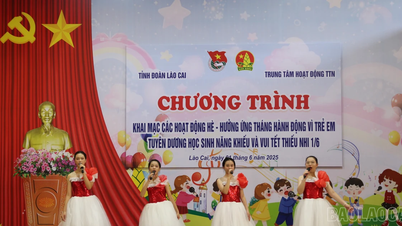
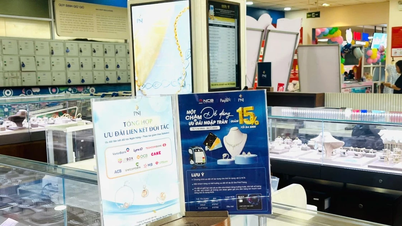


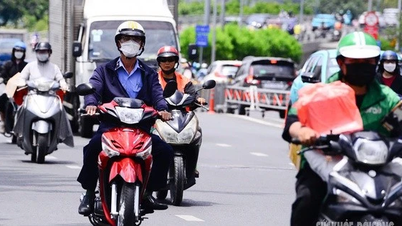
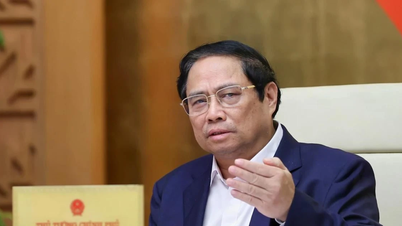














































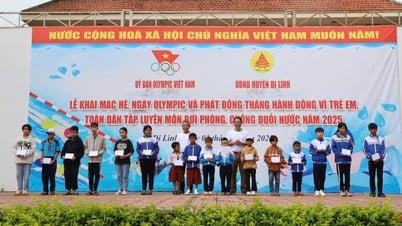


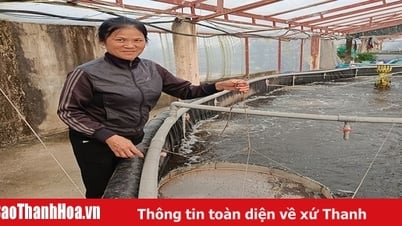

















Comment (0)